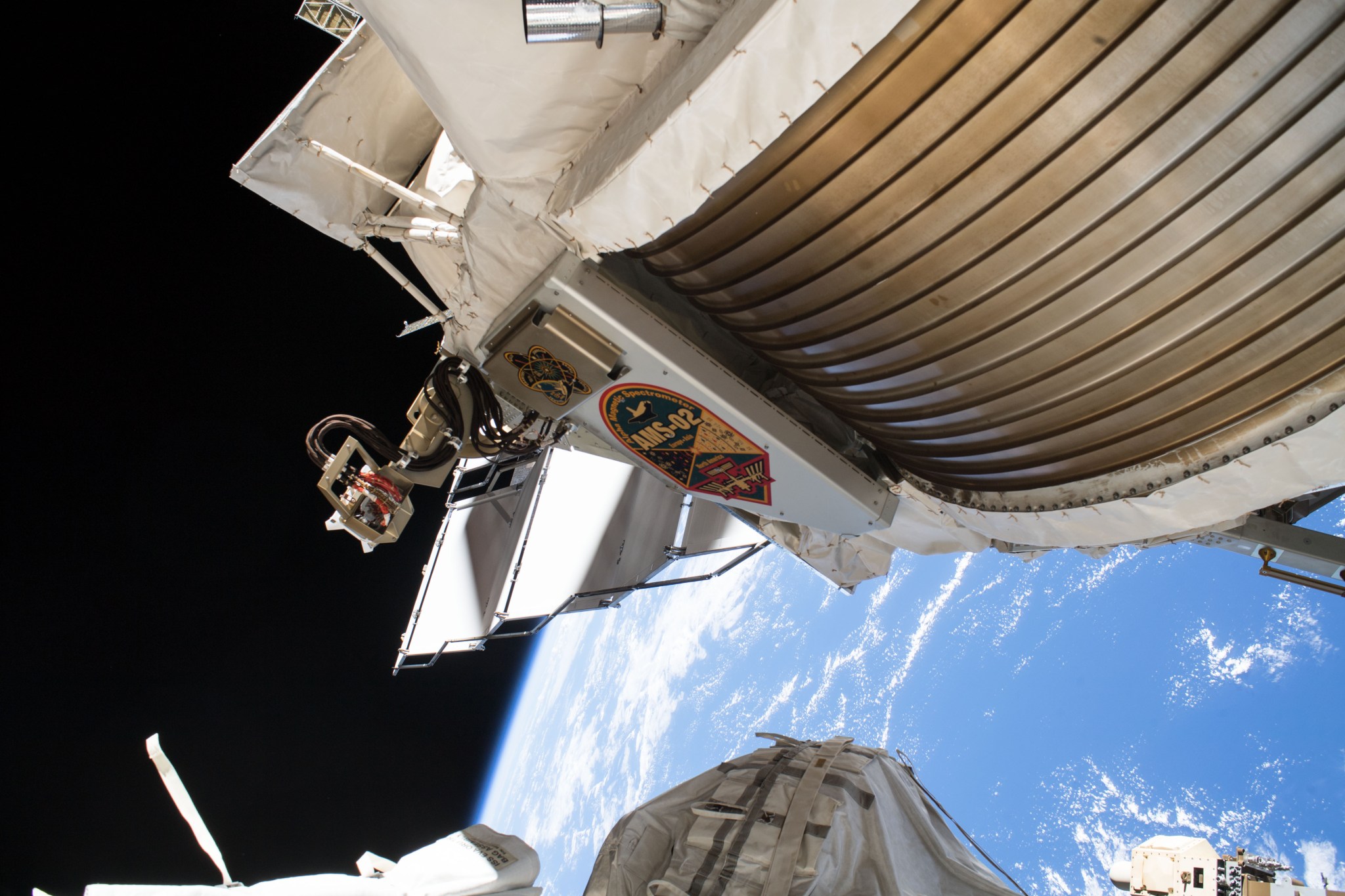Media accreditation is open for the launch of Northrop Grumman’s 12th commercial resupply services mission aboard its Cygnus spacecraft to deliver NASA science investigations, supplies, and equipment to the International Space Station.
Northrop Grumman is targeting liftoff of its Antares rocket for no earlier than 9:59 a.m. EDT Nov. 2 from the Mid-Atlantic Regional Spaceport’s Pad-0A at NASA’s Wallops Flight Facility on Wallops Island in Virginia. This is the first mission under Northrop’s Commercial Resupply Services-2 contract with NASA.
To cover the prelaunch and launch activities at Wallops, international media without U.S. citizenship must apply for credentials by Wednesday, Sept. 18. The application deadline for media who are U.S. citizens is Oct. 15. All accreditation requests must be sent to Keith Koehler at keith.a.koehler@nasa.gov.
Each resupply mission to the station delivers scientific investigations in the areas of biology and biotechnology, Earth and space science, physical sciences, and technology development and demonstrations.
Highlights of space station research that will be facilitated by research aboard this Cygnus mission include:
- The Alpha Magnetic Spectrometer-02 (AMS-02), mounted on the exterior of the International Space Station, looks for evidence of dark, strange and anti-matter to help us understand how our universe was formed. A series of spacewalks are planned for later this year to prolong the operational life of the AMS-02. Astronauts will cut and reconnect fluid lines, a feat not done before in space, which could prove valuable for future missions at NASA’s upcoming lunar Gateway or missions to Mars.
- The AstroRad Vest tests a special vest designed to protect astronauts from radiation caused by unpredictable solar particle events. Astronauts will provide input on the garment as they wear it while performing daily tasks, including how easy it is to put on, how it fits and feels, and the range of motion it allows. Garment developers can use this input to improve design. Use of the vest could protect crew members on missions to the Moon and Mars.
- The Zero-G Oven examines heat transfer properties and the process of baking food in microgravity. It uses an oven designed specifically for use aboard the space station, and may have application on future long-duration missions by offering a way to increase variety in flavor and nutrition of food for crew members.
- The Made in Space Recycler will test systems needed to reprocess plastic into 3D printing filament that can then be transferred for use to the Made in Space Manufacturing Device, a 3D printer that has operated on the orbiting laboratory since 2016. This has implications for space conservation and deep space missions.
Northrop Grumman will use a new 24-hour late load capability on this mission. This innovative system includes a mobile clean room and a removable portion of the payload fairing that will permit time-sensitive science experiments to be loaded into Cygnus as late as 24 hours before liftoff.
Cargo resupply from U.S. companies ensures a national capability to deliver critical science research to the space station, significantly increasing NASA’s ability to conduct new investigations at the only laboratory in space.
Get more information about Northrop Grumman’s commercial resupply missions at:
-end-
Gina Anderson / Stephanie Schierholz
Headquarters, Washington
202-358-1100
gina.n.anderson@nasa.gov / stephanie.schierholz@nasa.gov
Keith Koehler
Wallops Flight Facility, Wallops Island, Va.
757-824-1579
keith.a.koehler@nasa.gov
Trina Patterson / Vicki Cox
Northrop Grumman Innovation Systems, Dulles, Va.
480-814-6504 / 410-409-8723
trina.patterson@ngc.com / vicki.cox@ngc.com



























